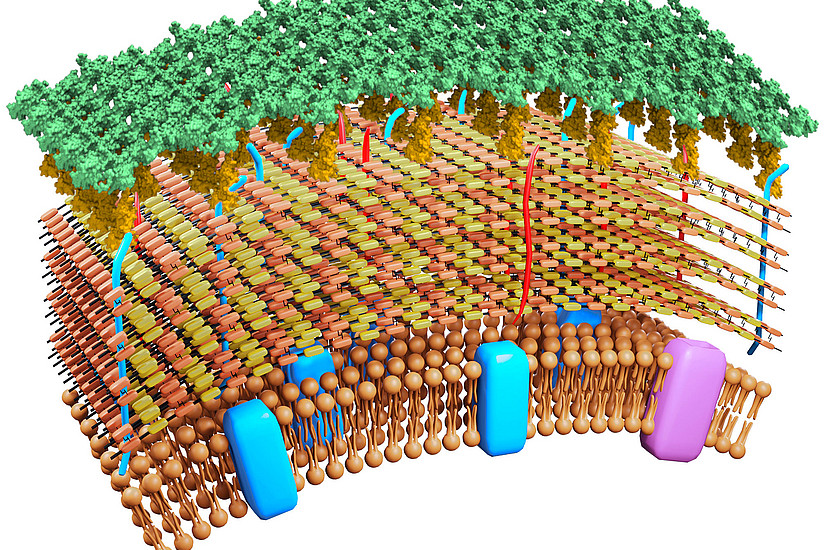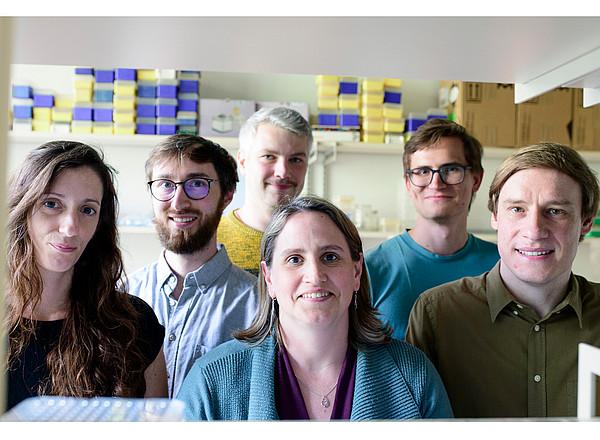Lactobacilli are clearly among the good guys. They regulate the immune response, have an anti-inflammatory effect and displace pathogenic germs by docking onto human cells so that dangerous bacteria no longer find a place there. The surface layer, or S-layer for short, of the lactobacilli plays a key role in this interaction, for example with the intestinal wall. "As the outermost layer, lactobacilli form a lattice of proteins that surrounds them like chain mail," explain Theo Sagmeister and Nina Gubensäk, first authors of the latest publication and researchers in Tea Pavkov-Keller's working group at the Institute of Molecular Biosciences at the University of Graz. The team has now elucidated the detailed three-dimensional structure of the protein lattice for the first time.
"On the one hand, the S-layers of lactobacilli fulfil a protective function, on the other hand they interact intensively with human cells in the intestine. Both are very useful for drug delivery systems," says Tea Pavkov-Keller, emphasising the further significance of the new findings. "With the help of such structures, drugs could be transported safely and in a controlled manner to their destination in the body on a nanoscale, where they can then unfold their therapeutic effect in the right quantity," says the researcher.
Publication
The molecular architecture of Lactobacillus S-Layer: Assembly and attachment to teichoic acids
Sagmeister et al.
PNAS, 5 June 2024
https://doi.org/10.1073/pnas.2401686121





